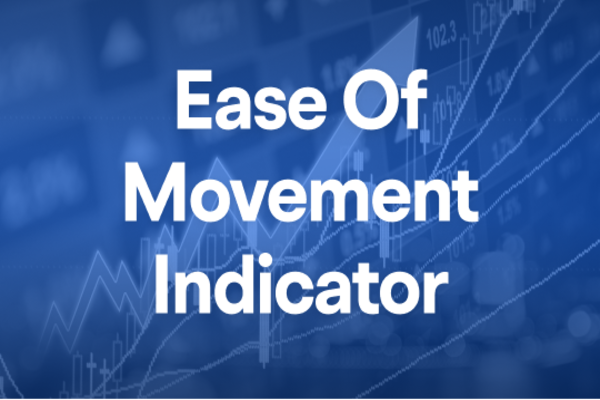Bidirectional trading and hedging mechanisms are two common concepts in
financial markets, and there is a certain relationship between them.

Bidirectional trading refers to a transaction where investors can
simultaneously buy and sell the same financial asset. This means that investors
can participate in trading and earn profits based on their own judgment, whether
the market rises or falls. For example, in the foreign exchange market,
investors can simultaneously buy and sell a certain currency pair. Whether the
market is up or down, they can achieve profits through trading in the other
direction.
A hedging mechanism is a risk management strategy that reduces risk by
simultaneously opening transactions in the opposite direction. Hedging
mechanisms can be used to protect existing positions or profits and prevent
further losses. It is typically used in portfolio management or futures trading.
For example, in portfolio management, if investors hold a buying position in a
certain stock, they can hedge their risk by simultaneously selling the stock to
prevent losses caused by a drop in the stock price.
The relationship between bidirectional trading and hedging mechanisms is that
bidirectional trading provides the basis for hedging transactions. Through
two-way trading, investors can buy and sell based on market trends and their own
judgment, while hedging mechanisms provide a risk management method by
simultaneously engaging in opposite trades to lock in or reduce risk. In two-way
trading, investors can choose whether to adopt hedging strategies according to
their own needs to protect profits or control risks.
However, it should be noted that hedging transactions do not necessarily mean
completely eliminating risk but rather reducing the level of risk through
transactions in the opposite direction. Hedging transactions may also bring
additional transaction costs and complexity, so investors need to consider these
factors when making decisions.
In summary, bidirectional trading and hedging mechanisms are interdependent
in financial markets. Bidirectional trading provides the basis for hedging
transactions, while hedging mechanisms provide a method of managing risk.
There are differences in certain aspects between bidirectional trading and
hedging mechanisms.
1. Definition
Bidirectional trading refers to investors being able to
simultaneously buy and sell the same financial asset to earn profits when the
market rises or falls. A hedging mechanism is a risk management strategy that
reduces risk by simultaneously opening transactions in the opposite
direction.
2. Purpose
The purpose of two-way trading is to utilize market fluctuations
to gain profits. Whether the market rises or falls, profits can be made by
trading in the other direction. The purpose of hedging mechanisms is to reduce
the risk of existing positions or profits in order to prevent further
losses.
3. Application scope
Bidirectional trading is applicable to various
financial markets, including foreign exchange, stocks, futures, etc. Hedging
mechanisms are mainly applied to portfolio management, especially in futures
trading.
4. Principle
Bidirectional trading is achieved by simultaneously buying and
selling, and investors can determine the trading direction based on market
trends and their own judgment. Hedging mechanisms reduce risk by simultaneously
trading in opposite directions, and they can lock in or reduce risk by holding
hedging positions.
5. Motivation
The motivation of two-way trading is to obtain profits brought
about by market fluctuations. Investors can buy or sell according to Market
trends. The motivation for hedging mechanisms is risk management, where
investors reduce the risk of existing positions or profits through hedging
transactions.
6. Risks and Returns
The risks and returns of two-way trading are determined
by market trends, and investors may obtain high returns, but they are also prone
to losses. The risk of hedging mechanisms may reduce the returns of investment
portfolios, but they can also protect funds from losses during market
fluctuations.
In summary, although there are similarities in certain aspects between
bidirectional trading and hedging mechanisms, there are significant differences
in their definition, purpose, scope of application, principles, motivations,
risks, and returns. Investors should choose suitable trading strategies and risk
management methods based on their investment goals and risk tolerance.



























